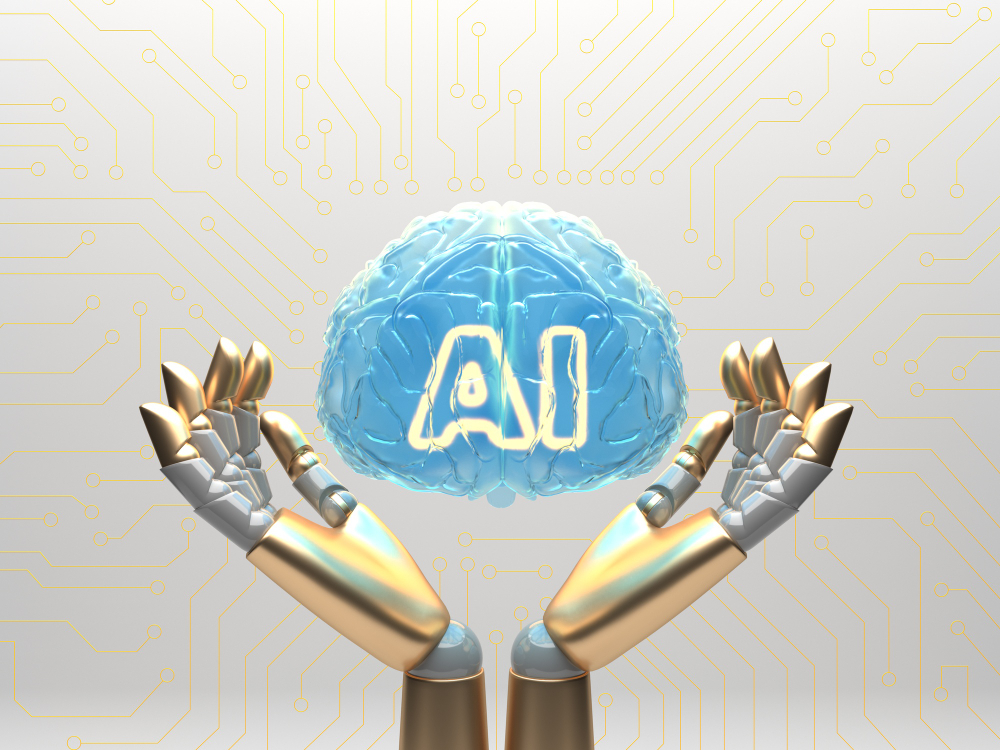Introduction
In the rapidly evolving field of artificial intelligence (AI), ensuring AI safety has become a paramount concern. AI has the potential to revolutionize various industries and improve our lives, but it also comes with risks and challenges.
In this comprehensive guide, we will explore the concept of AI safety, its importance, and the measures being taken to mitigate potential risks. Whether you’re an AI enthusiast, a researcher, or simply curious about the future of AI, this article will provide you with valuable insights.
AI Safety: Understanding the Risks and Challenges
Artificial intelligence is a field of computer science that focuses on the development of intelligent machines capable of performing tasks that typically require human intelligence. As AI systems become more advanced and autonomous, it is crucial to address the potential risks associated with their deployment. AI safety refers to the precautions and methodologies implemented to ensure that AI systems operate safely, reliably, and ethically.
The Need for AI Safety
- The Rise of Autonomous SystemsWith advancements in machine learning and deep neural networks, AI systems are becoming increasingly autonomous. These systems have the ability to learn from data, make decisions, and take actions without direct human intervention. While autonomy brings numerous benefits, it also raises concerns regarding the safety and ethical implications of AI.
- Unintended ConsequencesAI systems can exhibit unintended behaviors or biases due to their reliance on vast amounts of data and complex algorithms. These unintended consequences can have serious real-world implications, such as biased decision-making, privacy breaches, or even physical harm if deployed in critical domains like healthcare or transportation.
- Superintelligence and ControlThe concept of superintelligence, where AI systems surpass human intelligence, poses unique challenges. Ensuring that superintelligent AI remains aligned with human values and goals requires careful consideration and proactive safety measures.
Addressing AI Safety Concerns
- Robust Testing and VerificationRigorous testing and verification procedures are essential to identify and eliminate potential flaws in AI systems. This includes assessing the system’s performance under different scenarios, stress-testing it against adversarial attacks, and verifying its compliance with safety guidelines.
- Ethical Guidelines and RegulationsThe development and deployment of AI should adhere to ethical guidelines and regulations. Organizations like OpenAI and the Partnership on AI are actively working on establishing ethical frameworks to govern the responsible use of AI technology.
- Transparency and ExplainabilityEnsuring transparency and explainability in AI systems is crucial for building trust and understanding. Techniques like interpretability and explainable AI enable humans to comprehend the decision-making processes of AI systems and detect any biases or errors.
- Human-AI CollaborationPromoting collaboration between humans and AI systems can enhance safety and accountability. By involving human oversight and control, we can leverage the strengths of both humans and AI to ensure safer and more reliable outcomes.
AI Safety FAQs
FAQ 1: What are the main risks associated with AI?
AI technology presents several risks, including unintended biases, job displacement, privacy breaches, and potential security threats. These risks emphasize the need for robust safety measures and ethical considerations in AI development.
FAQ 2: Can AI systems become uncontrollable?
While the development of superintelligent AI systems raises concerns about control, proactive safety measures can help mitigate this risk. By designing AI systems with value alignment and incorporating safety protocols, we can maintain control and ensure their beneficial deployment.
FAQ 3: How can AI safety be regulated?
AI safety can be regulated through a combination of governmental policies, industry standards, and collaborative efforts between stakeholders. Establishing ethical guidelines, safety audits, and accountability frameworks are essential steps in regulating AI technologies.
FAQ 4: What role do researchers play in AI safety?
Researchers play a vital role in advancing AI safety. By conducting thorough research, identifying potential risks, and developing safety mechanisms, they contribute to building safer and more reliable AI systems.
FAQ 5: Is AI safety a hindrance to AI progress?
No, AI safety is not a hindrance to progress. In fact, it is essential for the responsible development and deployment of AI. By prioritizing safety, we can ensure the long-term success and acceptance of AI technology.
FAQ 6: How can individuals contribute to AI safety?
Individuals can contribute to AI safety by staying informed about the latest developments, supporting ethical AI initiatives, and advocating for responsible AI practices. Additionally, raising awareness about AI safety among policymakers and the general public is crucial.
Conclusion
As artificial intelligence continues to shape our world, ensuring AI safety is of utmost importance. By addressing the risks and challenges associated with AI deployment, we can unlock the immense potential of this technology while minimizing potential harm.
Through robust testing, ethical guidelines, transparency, and collaboration, we can create a future where AI systems operate safely, reliably, and for the benefit of humanity. Play sprunki phase 28 Anytime, Anywhere!



